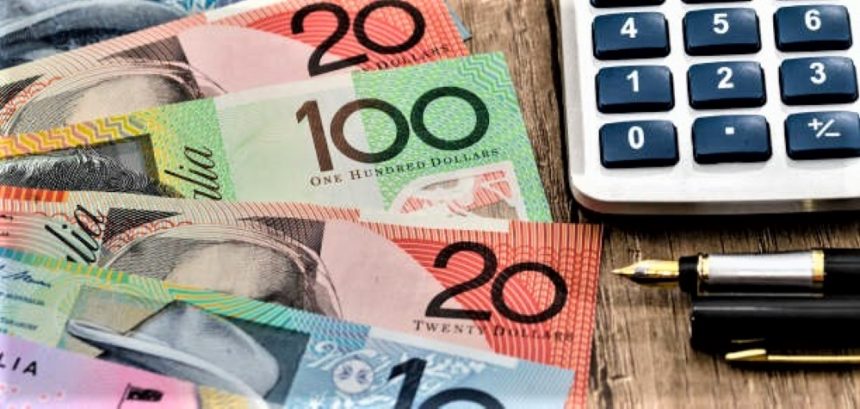Australian dollar rises as the RBA widely expected to keep its aggressive policy stance in November.
Australian Dollar (AUD) strengthens as the Reserve Bank of Australia (RBA) maintains a hawkish view. Retail sales growth in August exceeded estimates, decreasing the likelihood of an early rate cut by the RBA. Markets have almost ruled out a rate drop in November.
The commodity-linked AUD benefits from stimulus measures in China, Australia’s major trading partner.
AUD benefiting from stimulus efforts in China, Australia’s biggest trading partner. partner, which has resulted in higher commodities prices.
The risk-sensitive AUDUSD pair may face headwinds as escalating geopolitical tensions in the Middle East dampen risk appetite. US President Joe Biden indicated that the US is in talks with Israel about possible strikes against Iran’s oil infrastructure. According to the BBC, Israeli Prime Minister Benjamin Netanyahu has warned that Iran “will pay a heavy price” for Tuesday’s attack, which entailed the launch of at least 180 ballistic missiles at Israel.
The Australian dollar fell as the US dollar (USD) rose in response to better-than-expected US ISM Services PMI and ADP Employment Change statistics, which called into question the Federal Reserve’s (Fed) dovish monetary policy. Traders are now looking ahead to Friday’s US jobs report, featuring Nonfarm Payrolls (NFP) and Average Hourly Earnings provide additional guidance.
Daily Digest Market Movers: The Australian dollar gains strength from hawkish mood surrounding the RBA.
Australian Dollar (AUD) strengthens as the Reserve Bank of Australia (RBA) maintains a hawkish view. According to the CME FedWatch Tool, markets expect the Federal Reserve will decrease interest rates by 25 basis points in November, with the likelihood of a 50-basis-point cut falling from 35.2% the day before.
Austan Goolsbee, President of the Federal Reserve Bank of Chicago, maintained on Thursday that interest rates must fall “significantly” in the coming year. Goolsbee also claimed that he wants to maintain the unemployment rate at 4.2% from climbing any further.
The US ISM Services PMI increased to 54.9 in September from 51.5 in August, above the market forecast. of 51.7. Meanwhile, the Services Price Paid Index, a key inflation indicator, increased to 59.4 from 57.3.
Australia’s trade balance in August was 5,644 million, exceeding market estimates of 5,500 million and slightly higher than July’s surplus of 5,636 million. However, both exports and imports fell by 0.2% month on month in August.
Australia’s Judo Bank Services Purchasing Managers’ Index (PMI) fell to 50.5 in September from 52.5 in August.
Australia’s Judo Bank Services Purchasing Managers’ Index (PMI) fell to 50.5 in September from 52.5 in August. This marks the ninth consecutive month of growth in services activity, albeit at a moderate and marginal rate. Meanwhile, the Composite PMI fell marginally to 49.6 in September, from 49.8 the previous month, according to data released on Thursday.
Tom Barkin, President of the Federal Reserve Bank of Richmond, addressed the Fed’s latest rate activities on Wednesday, warning that the fight against inflation may not be ended, as vulnerabilities remain. Barkin stated that the September rate drop of 50 basis points (bps) was reasonable since rates had grown “out of sync” with the decline in inflation, while the unemployment rate was around its sustainable level.
According to the ADP Employment Change report, 143,000 new positions created in September, exceeding the projected 120,000. Additionally, annual compensation increased by 4.7% year on year. The total number of jobs created in August was revised up from 99,000 to 103,000.
Federal Reserve Chairman Jerome Powell stated that the central bank is not in a rush and will cut its benchmark rate ‘over time.
On Monday, Federal Reserve Chairman Jerome Powell stated that the central bank not in a rush and will cut its benchmark rate ‘over time.’ Powell explained that the recent half-point interest Rate cuts should not seen as indicating equally aggressive future measures, with next rate adjustments expected to be more moderate.









